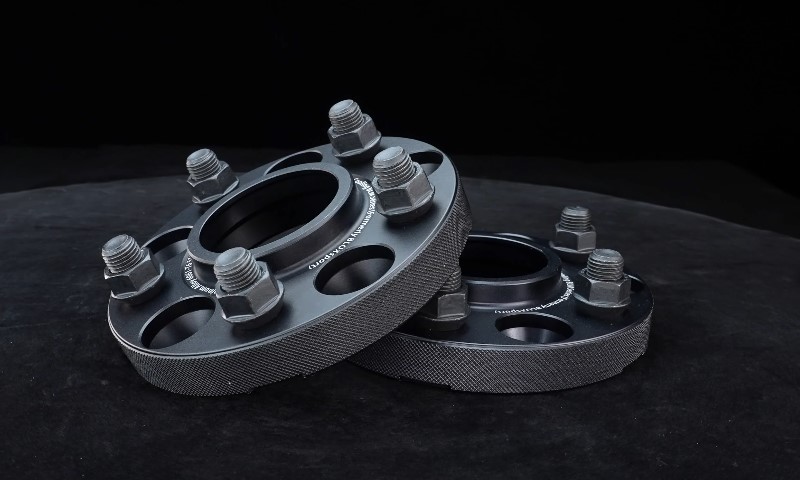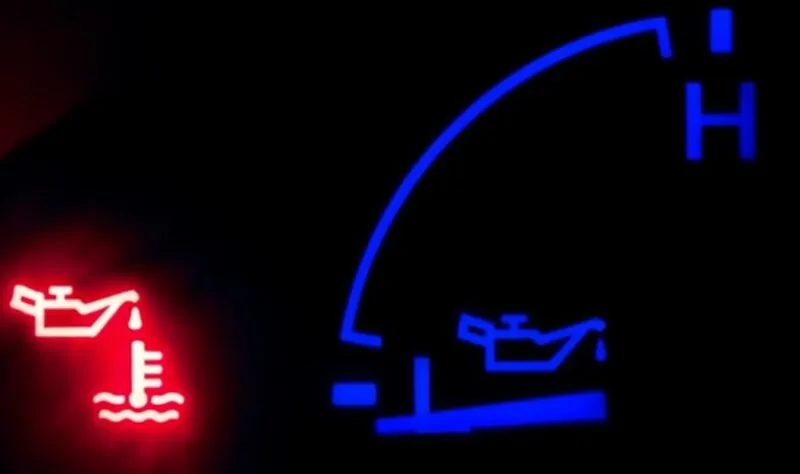
Share Post:
Oil pressure isn’t one of those dashboard stats most drivers obsess over, but maybe it should be. That little gauge (or warning light) is telling you something crucial: whether or not your engine is getting the lubrication it needs to survive.
Let’s say you’re idling at a red light. The engine sounds fine, no odd noises, nothing smoking under the bonnet, but if your oil pressure is too low, damage could be quietly building up inside.
On the flip side, if pressure’s too high, it can strain seals and starve components of oil. So what counts as normal? And how do you know when it’s a problem?
Here’s what you really need to know about oil pressure at idle – what’s considered safe, when to worry, and how to keep your engine in good shape for the long haul.
Table of Contents
ToggleKey Points
- Normal idle oil pressure is usually between 20–65 PSI, with 25–35 PSI common in most cars.
- Below 20 PSI at idle can mean trouble—worn parts, low oil, or a failing pump.
- High oil pressure (over 65 PSI) isn’t great either—can signal blocked passages or wrong oil.
- Keep oil clean, at the right level, and use the correct viscosity to avoid engine damage.
What’s a Normal Oil Pressure at Idle?
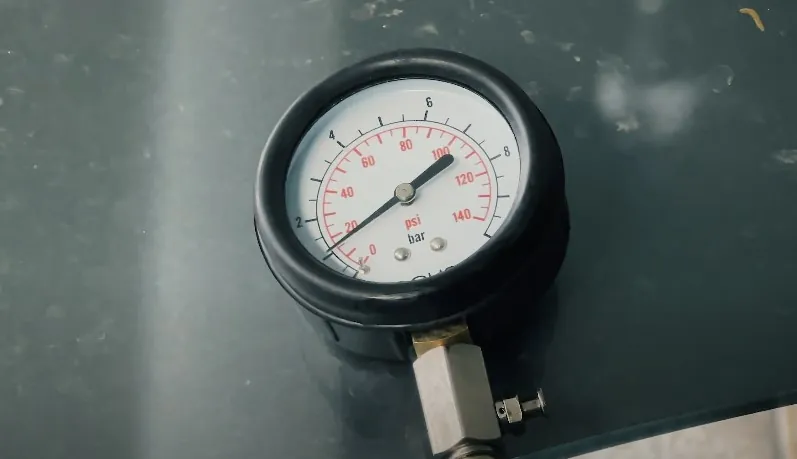
There’s no single magic number, but there are common ranges that most healthy engines fall into. Here’s the general rule of thumb:
| Engine Condition | Typical Idle Oil Pressure |
| Fully warmed-up engine | 20–65 PSI |
| Most cars (modern) | 25–35 PSI |
| Light trucks/heavy-duty | 20–30 PSI |
| Cold engine (startup) | 60–80+ PSI (temporarily) |
| Modern engines w/ tech | 10–20 PSI (variable pumps) |
Some examples:
- A 2022 Ford Explorer ST with a dual-stage oil pump? Perfectly fine idling at 17–20 PSI.
- A 2005 Honda Civic with a VTEC engine? It might sit at 12 PSI when hot—and that’s within spec.
- A 2023 Subaru WRX running 5W-40 oil? You could see 10–15 PSI and it’s still considered normal.
Always check your owner’s manual or factory service manual. Every engine has its own expectations.
What’s Considered Safe?
Safe oil pressure at idle doesn’t mean “as high as possible.” It means high enough to lubricate everything properly, without stressing the system. Here’s what to watch for:
- Minimum threshold: You want to stay above 20 PSI when the engine is warm. Some vehicles may operate slightly lower if designed for it.
- Gauge behaviour: If your car has a gauge, the needle should settle around the midpoint after 15–20 minutes of driving.
- No flickering lights: A flickering oil light at idle (but not at higher RPMs) usually means pressure is right on the edge—not good.
- Stable readings: Wild fluctuations aren’t normal. A healthy engine shows steady pressure, especially when fully warmed up.
Low Oil Pressure at Idle
Oil pressure dropping too low at idle isn’t just annoying—it can destroy your engine over time.
What Counts as “Too Low”?
- Below 20 PSI on the gauge
- Needle staying in the lower quarter of the dial
- Oil pressure light flickering at idle
- Sudden drop in pressure after an oil change or long drive
Common Causes
- Low oil level – Just being a quart or two low can drop pressure fast.
- Worn bearings or piston rings – Older engines often lose pressure because of wear and tear.
- Weak oil pump – A tired pump may not keep up at low RPMs.
- Clogged oil filter or blocked passages – If oil can’t move freely, pressure drops.
- Wrong viscosity – Using something too thin (like 5W-20 in an engine needing 10W-30) can cause problems. One example: A Dodge 2.7 engine with 5W-30 triggered the oil light at idle, but ran perfectly on 10W-30.
Why It’s a Problem
Low pressure means the oil film between metal parts might break down. Without that cushion, you get direct metal-on-metal contact, friction, heat, and eventually—engine failure.
High Oil Pressure at Idle – Is That Bad?
It’s less common, but yes—too much pressure can be a bad thing too.
What Counts as “Too High”?
- Readings above 65 PSI at idle
- Gauge needle stuck near the top
- Over 80 PSI? That’s a red flag, especially if it stays high even when warm
Possible Causes
- Blocked oil passages – Sludge or debris can clog the system, forcing pressure up.
- Bad relief valve – If the pressure relief valve is jammed, oil gets trapped.
- Too-thick oil – Pouring in 20W-50 when your car needs 5W-30? That’ll spike pressure, especially in cold starts.
- Faulty sensor – If the numbers seem off but the engine sounds fine, you might be getting a false reading.
What It Can Do
Too much pressure can blow seals, damage the oil pump, and actually reduce how much oil reaches critical spots—especially in smaller oil passages. It’s a silent engine killer in some cases.
Other Signs You Shouldn’t Ignore
Sometimes the problem isn’t just in the numbers. Look and listen for:
- Dashboard warnings – “LOW OIL PRESSURE” or “STOP ENGINE” warnings are serious. For instance, a 2003 Volkswagen Passat showed this warning after running on oil that was too thin.
- Sudden changes – If your pressure used to be steady and now jumps around, something changed. Could be wear, a clog, or sensor trouble.
- Engine ticking/knocking – That tapping noise might be metal running dry. Shut it down.
How to Check Your Oil Pressure (Properly)
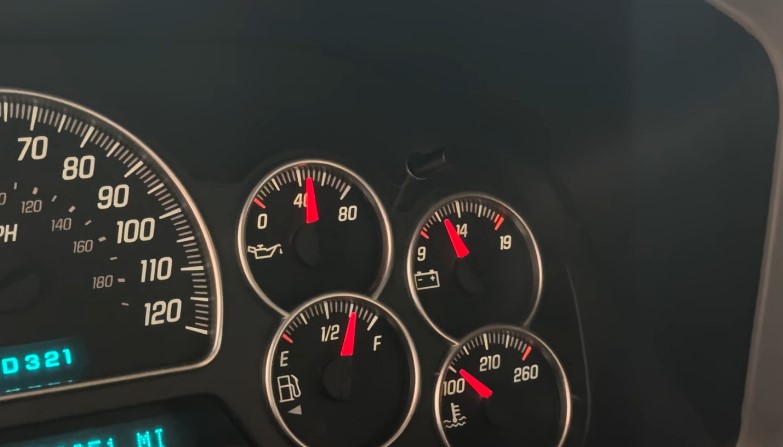
If you’re relying solely on a dashboard light or guesswork, you’re missing key info. Here’s how to get a clear picture:
1. Warm the Engine Up
Run the engine for 15–20 minutes to get oil flowing normally. Readings while cold don’t tell you much.
2. Watch the Gauge
If your vehicle has one, check that it settles into the normal range when warm. It shouldn’t be pinned high or hovering dangerously low.
3. Use a Manual Gauge
Still unsure? You can connect a mechanical oil pressure gauge directly to the port where the pressure sensor is. It gives an exact reading and can rule out a bad sensor.
4. Check Oil Level
Use the dipstick. Low oil is a simple but common cause of low pressure. If you’re a quart down, top it up with the correct oil and recheck.
How to Maintain Healthy Oil Pressure
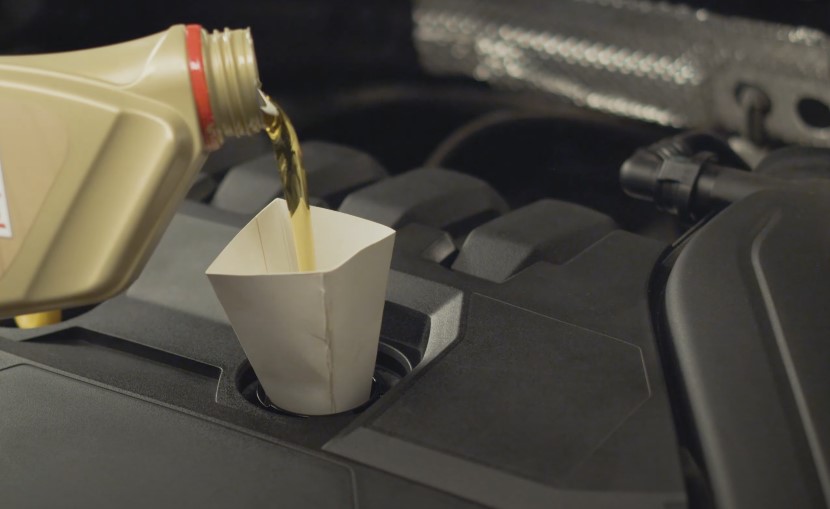
Keeping oil pressure in the safe zone doesn’t take much, but you’ve got to stay on top of a few basics.
- Use the right oil – Always follow the manufacturer’s recommended viscosity. Don’t experiment.
- Change oil and filter on schedule – Clogged filters mess with pressure. Stick to 5,000–7,500 mile intervals, or sooner if you drive in rough conditions.
- Keep an eye on oil levels – Don’t wait for the light. Make checking your oil a monthly habit.
- Pay attention to the engine’s behaviour – If pressure readings start trending down over months, it might be early wear.
Troubleshooting Pressure Problems
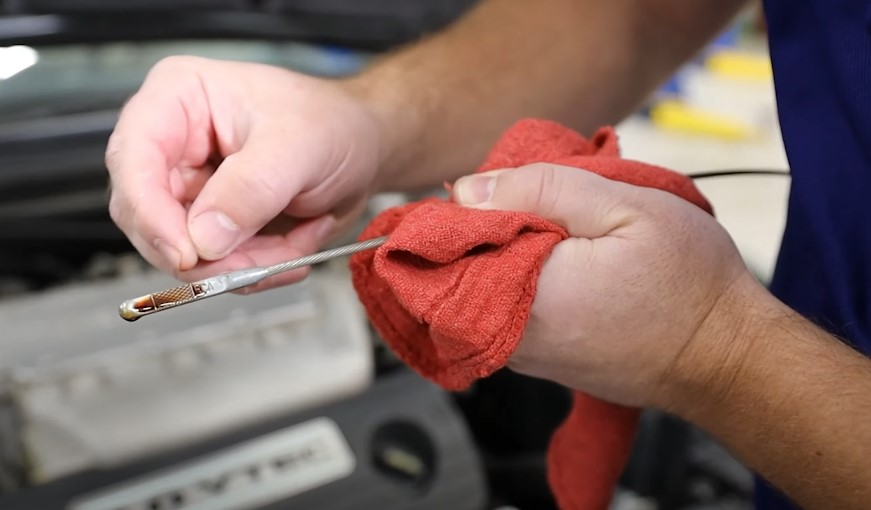
Let’s say your gauge doesn’t look right, or your oil light came on. What now?
Step-by-Step
- Check oil level – Easy and free.
- Top off with correct oil – Don’t mix random brands or viscosities.
- Swap the oil filter – Could be clogged or leaking.
- Use a manual tester – Confirms whether your gauge/sensor is lying.
- Visit a mechanic – Still having problems? Get the oil pump, relief valve, or bearings checked.
A little pressure drop might just be a cheap fix. Letting it go too long could cost you an engine.
Final Thoughts
Oil pressure at idle isn’t a glamorous number, but it’s a vital one. Most engines should idle between 20 and 65 PSI, with 25–35 PSI being common for everyday cars. Trucks or older engines may run a little lower. If you’re seeing less than 20 PSI, or if that gauge is bouncing like a seismograph, it’s time to act.
Keep your oil clean, your filter fresh, and always use the right viscosity. If something feels off, trust your gut and check it out early—because ignoring oil pressure problems isn’t just risky. It’s expensive.
Related Posts:
- 10 Reasons Your Car Overheats When Sitting Idle (And…
- RSA Toyota Meaning - How It Keeps You Safe
- Car Leaking Oil? Here's What You Need to Know and…
- Is Synthetic Oil Really Worth It? Pros and Cons Compared
- Driving on 0% Oil Life - How Many Miles Is Too Many?
- The Pros and Cons of 32 Amp vs. 40/50 Amp EV Chargers








